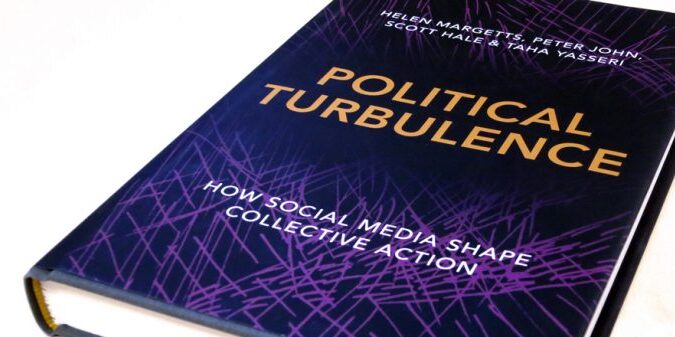
Cross-posted from the Princeton University Press blog. The authors of Political Turbulence discuss how the explosive rise, non-normal distribution and lack of organisation that characterises contemporary politics as a chaotic system, can explain why many political mobilisations of our times seem to come from nowhere.
On 23rd June 2016, a majority of the British public voted in a referendum on whether to leave the European Union. The Leave or so-called #Brexit option was victorious, with a margin of 52% to 48% across the country, although Scotland, Northern Ireland, London and some towns voted to remain. The result was a shock to both leave and remain supporters alike. US readers might note that when the polls closed, the odds on futures markets of Brexit (15%) were longer than those of Trump being elected President. Political scientists are reeling with the sheer volume of politics that has been packed into the month after the result. From the Prime Minister’s morning-after resignation on 24th June the country was mired in political chaos, with almost every political institution challenged and under question in the aftermath of the vote, including both Conservative and Labour parties and the existence of the United Kingdom itself, given Scotland’s resistance to leaving the EU. The eventual formation of a government under a new prime minister, Teresa May, has brought some stability. But she was not elected and her government has a tiny majority of only 12 Members of Parliament. A cartoon by Matt in the Telegraph on July 2nd (which would work for almost any day) showed two students, one of them saying ‘I’m studying politics. The course covers the period from 8am on Thursday to lunchtime on Friday.’ All these events—the campaigns to remain or leave, the post-referendum turmoil, resignations, sackings and appointments—were played out on social media; the speed of change and the unpredictability of events being far too great for conventional media to keep pace. So our book, Political Turbulence: How Social Media Shape Collective Action, can provide a way to think about the past weeks. The book focuses on how social media allow new, ‘tiny acts’ of political participation (liking, tweeting, viewing, following, signing petitions and so on), which turn social movement theory…
